6. Woody Allen and Mia Farrow
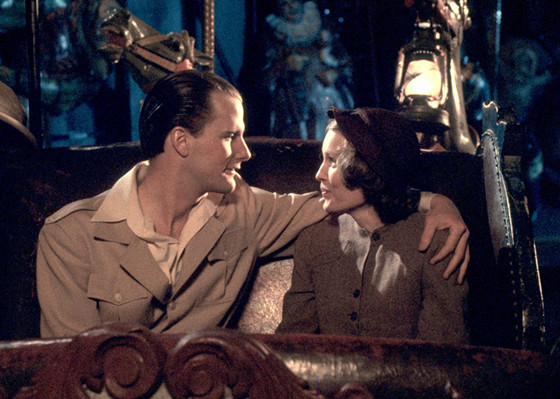
Collaborations: In a similar fashion to Allen’s first muse, Diane Keaton, who was his real-life/movie love interest in several collaborations, the infamously neurotic New Yorker ended up in a relationship with actress Mia Farrow, who took on a distinctly similar role in his cinematic output with them teaming up on a total of 13 films together.
Farrow had enjoyed some success beforehand – particularly in “Rosemary’s Baby” (1968) – yet she was still better known for a scandalous marriage to Frank Sinatra, who was 30 years her senior, than her filmic output. This all changed with her work with Allen, who pushed her skill and ability to the limit with some fascinating turns in “Broadway Danny Rose” (1984), “September” (1987), and most fondly, “The Purple Rose of Cairo” (1985).
For Allen as well, certainly his earlier period is always the most championed, but his time with Farrow signified his most exciting and interesting efforts, as he tried his hand at everything from German Expressionism to Bergman-esque melodrama. It was a particularly daring era for a director who’s since been written off as constantly playing it safe.
Break-up: Their split wasn’t a simple parting of ways, but actually one of the more awkward scandals of the 90s. Allen had been having an affair behind Farrow’s back with, as it turns out, Farrow’s 21-year-old adopted daughter Soon-Yi, a girl that Allen had helped raise since her infancy. To say Farrow was upset is an understatement; things ended on that ugly note with Allen eventually marrying Soon-Yi, and Allen ended up never speaking (let alone working) with Farrow again.
Reconciliation? Not on your life. The bridges between the lot aren’t so much as burnt as eviscerated from a nuclear explosion that still festers with deadly radiation fallout. Allen has continued to work consistently with an annual entry to his filmography, with varying results. Farrow stepped away from the spotlight, taking time to raise the remainder of her children, and only making a film every blue moon or so.
7. Akira Kurosawa and Toshiro Mifune
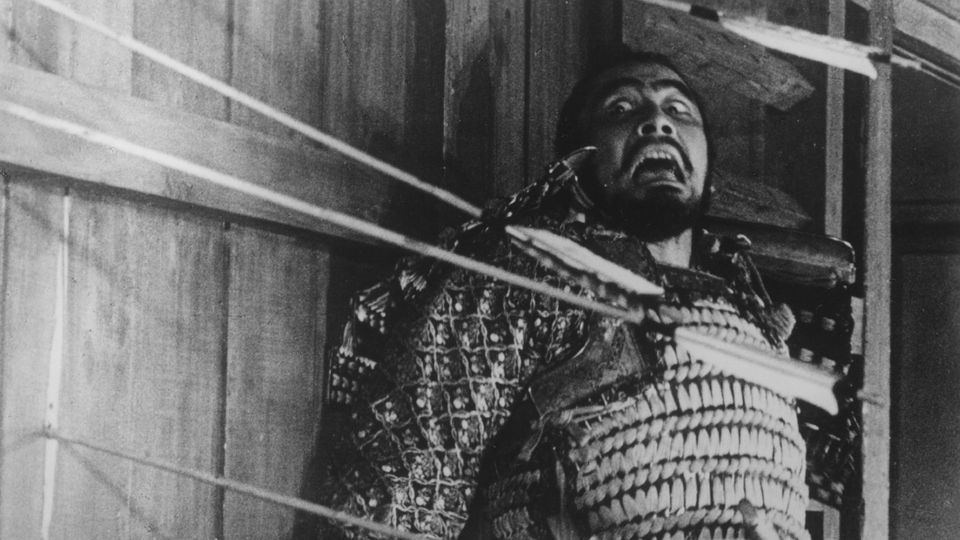
Collaborations: Iconic director Akira Kurosawa had certainly enjoyed success in the Japanese film industry (particularly with the ‘Sanshiro Sugar’ series), yet it wasn’t until he collaborated with the young actor Mifune in his electrifying turn as a dying gangster in “Drunken Angel” (1948) that they both truly arrived on the scene. It was a watershed moment that started a period where Mifune appeared in every Kurosawa movie for close to 20 years, with the sole exception of “Ikiru” (1952).
It was a fascinating run that saw the director and actor both delivering peak work that helped the Japanese film industry break through internationally with films like “Rashomon” (1950), “I Live in Fear” (1955), or the powerhouse rendition of Macbeth in “Throne of Blood” (1957).
Break-up: In 1965, Kurosawa saw the release of “Red Beard”, an incredibly difficult production that was taxing on the entire crew and cast as filming ran for more than a year.
Mifune turned in a career-best performance in the film as the kindly titular doctor, yet it wasn’t a happy experience for the two collaborators, as it would be the last time the two would ever work together.
Rumours swirled that ultimately Kurosawa disliked Mifune’s film choices outside of their collaborations. Mifune had expensive tastes and thus would take work where he could get it, regardless of the quality. This philosophy was particularly true after the prolonged production of “Red Beard” had put Mifune out of action for more than a year, and resentment might have built up as he scrambled to pay the bills.
Reconciliation? It unfortunately never happened. Even though they managed a formal politeness between the two (with Mifune even attending premieres for Kurosawa’s films), they never worked together again. Even when Kurosawa was presented with the idea of casting Mifune as the lead in his late masterpiece “Ran” (1985), the director balked at the idea after Mifune’s involvement in the subpar (yet extremely popular in the West) TV show “Shogun”.
It’s a grand shame, since both would go to do much work with varying highs yet several lows, and their peak period was one they held together. Both men passed away in the late 90s, nine months apart.
8. Quentin Tarantino and Roger Avary
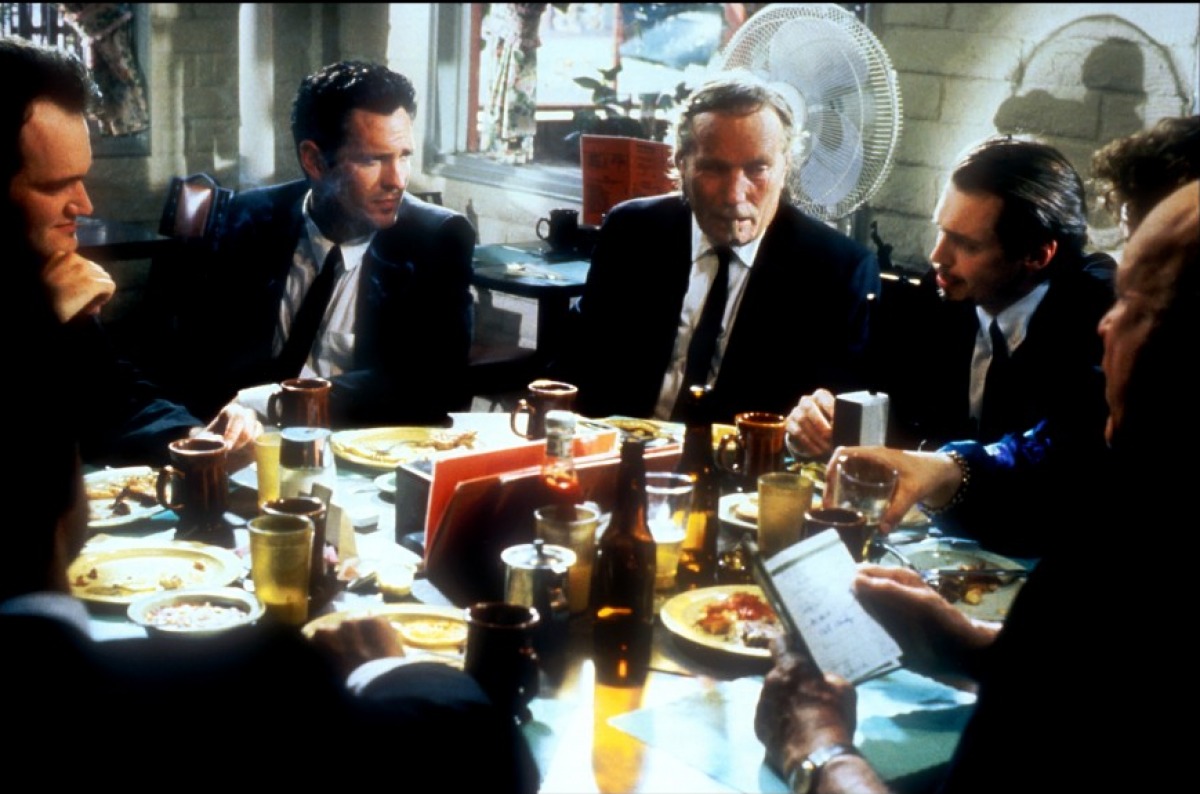
Collaborations: Both working as go-to movie buffs at the rental store Video Archives, Avary and Tarantino quickly hit it off with their ambitions of breaking into Hollywood as writer/directors. Each of them shared scripts with the other, often contributing ideas or rewriting each other’s works, and both fervently supported and motivated the other to make it in the industry.
When Tarantino finally got a chance to direct with “Reservoir Dogs” (1992), he was too busy to rewrite “True Romance” (1993) for Tony Scott, so Tarantino threw that job to his buddy Avary instead. A similar story reoccurred with “Natural Born Killers” (1994) with Avary contributing the ‘Hun brothers scene’ that, for better or worse, convinced Oliver Stone to sign on to direct.
Also, with Tarantino’s new clout, he was able to get the ball rolling on Avary’s directorial debut “Killing Zoe”(1994), which he worked on as an executive producer.
The concept of “Pulp Fiction” (1994) was originally meant to be an anthology piece featuring the friends doing different segments, but Tarantino wanted to make it his second directorial feature and bought Avary’s script “Pandemonium Reigns”, which in turn became “The Golden Watch” segment of the movie.
Other unused concepts like ‘the magic bullet’ and Marvin’s untimely fate were unused concepts from Avary ‘True Romance’ rewrite that got moved over and became some of the films most iconic elements. “Pulp Fiction” won the two of them an Oscar for Best Original Screenplay.
Break-up: Things were becoming a little wobbly between the two already before the win; Avary never received proper credit on “Natural Born Killers” or “True Romance”, and Tarantino lifted an entire monologue without permission from Avary for his cameo role in “Sleep With Me” (1994). But it was really after the barnstorming success of “Pulp Fiction” that things seriously soured between the two. Avary’s credit was whittled down to a co-story by title, and Tarantino gave him the cold shoulder during the win, making him come off as that awkward guy that needed to pee that was with Pulp Fiction’s writer/director for some reason.
As Tarantino exploded into a pop culture phenomenon, their open relationship and friendship died, with Avary’s contributions being conveniently forgotten by the gospel of Tarantino. Regardless of the facts, once they struck out on their own, it can’t be denied that, love it or hate him, Tarantino has become the most prolific director of the past 25 years, whereas Avary has mostly gotten by as a writer for hire with his directing efforts unable to gain traction.
Reconciliation? Over the years, the hatchet appears to have been buried, with the two going on record saying they still consider each other as friends. However, it can’t be denied that the open, bare, and productive relationship the two enjoyed has and will always be severed.
9. Paul Verhoeven and Rutger Hauer
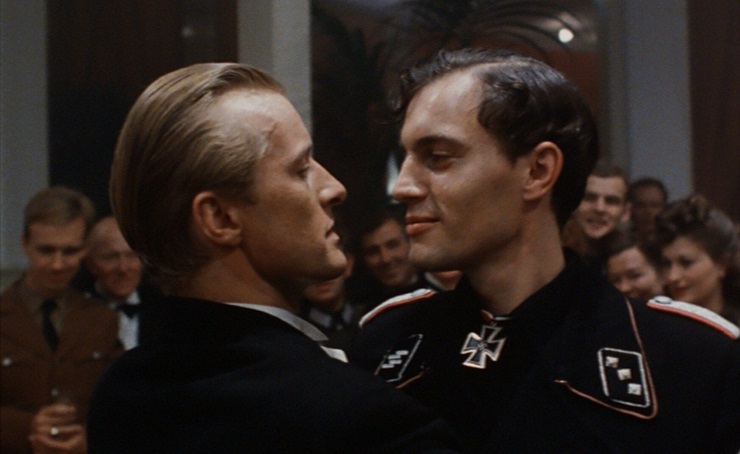
Collaborations: Paul Verhoeven had been toiling away in the Dutch film industry, hardly making an impression until he broke through with the popular TV series “Floris” in 1969 – coincidentally the debut of Rutger Hauer as a lead.
Both enjoyed homegrown success from it, which led to a series of striking and fearless collaborations between the two; some high points include the shocking drama “Spetters” (1980), the harrowing World War II drama “Soldier of Orange” (1977), and the bizarre yet enthralling love story “Turkish Delight” (1973).
Through their series of joint efforts, viewers can see them grow from raw talent to nuanced professionals, with Verhoeven’s constant confidence behind the camera growing, and Hauer building up a commanding and fascinating screen presence.
Break-up: With an ever-growing international pedigree for the director and an ever-growing frustration with the Dutch film industry, it was only a question of time before Hollywood opened their doors to him, as he landed financing for “Flesh and Blood” with Orion Pictures, an action/adventure movie set during the tumultuous tail end of the Crusades.
Hauer was cast as the lead, their first collaboration since the actor had been enjoying international success in the states with films like “Nighthawks” (1981), and his iconic turn in “Blade Runner” (1982).
Yet things didn’t go swimmingly; it was an incredibly difficult production with multiple financiers implementing notes and interfering with filming. Verhoeven got an extra headache as well from the unlikeliest of sources – Hauer himself. After enjoying playing a heroic lead in several successes, the actor wished to retain this status whilst Verhoeven wanted the character to be more a morally ambiguous villain in the film.
Suffice to say it severely hampered the once great team of actor and director, with the two of them never joining forces again, even though both of their international careers began to skyrocket (and implode) over the next decade.
Reconciliation? Even after “Flesh and Blood”, Verhoeven offered Hauer the lead on his next project “RoboCop”, which would become his Hollywood calling card, yet Hauer was unable to click with the role and turned it down. Over the years both retreated back to Europe and reignited their friendship, even hinting at a possible collaboration – yet one has yet to materialise.
10. Jean Pierre Jeunet and Marco Caro
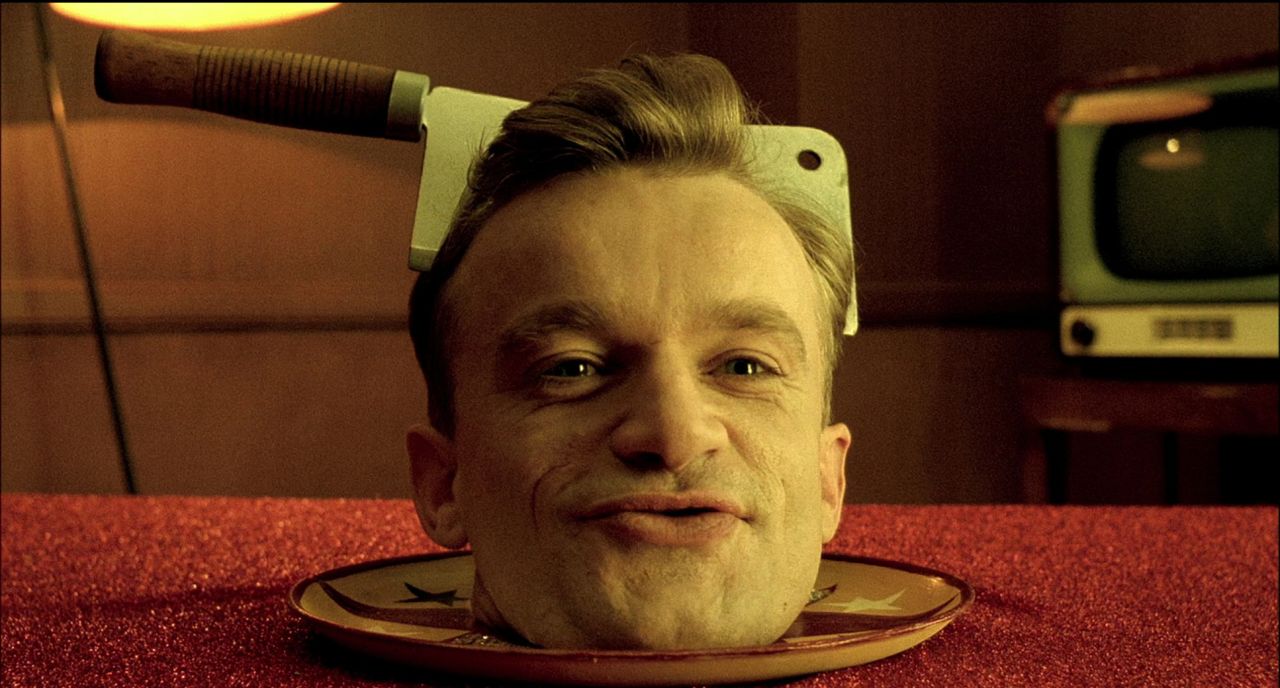
Collaborations: After a series of impressive animated and live action shorts in the late 80s that tore up the festival scene, the Gaelic directing duo of Jeunet and Caro moved onto the eccentric international film scene of the early 90s with the stunning “Delicatessen” (1991), a humorously dark and twisted apocalyptic vision, filled with lush imagery and macabre thematics, and it immediately made them the toast of the international scene.
They followed it up with “City of Lost Children” (1995), a film that was even more jaw-dropping and stunning as a gripping fairy tale made with a delicious sci-fi aesthetic. The two made an incredible duo; Caro, a longtime artist, provided the precise visual stylings, and Jeunet worked with the actors and provided the heart and drama. It was only a matter of time before Hollywood came calling, so what could go wrong?
Break-up: The offer that landed in their laps was “Alien: Resurrection”, a fourth entry in the lucrative Alien franchise that had many big names (Danny Boyle, Peter Jackson) turn it down due to the definitive ending of “Alien 3” with Sigourney Weaver’s character effectively dying.
Still, Jeunet was enticed by the idea of making a big budget sci-fi film over in the states, yet Caro simply was not. After some back and forth, Caro gave an ultimatum that Jeunet could turn down the film with him or make it on his own – Jeunet choose the latter, effectively ending their working partnership.
Reconciliation? As of yet, not properly. Although the reception to ‘Alien 4’ was decidedly mixed, Jeunet managed a prosperous solo career, directing the praised “Micmacs” (2009), “A Very Long Engagement” (2004), and most likely the most adored international movie likely ever, “Amelie (2001).
Caro only made “Dante 101” (2008), a visually stunning yet painfully shallow mess of a movie. Regardless, despite the initial break-up, Jeunet has claimed that the two remain friends at present and have discussed a possible reunion in the director’s chair together.